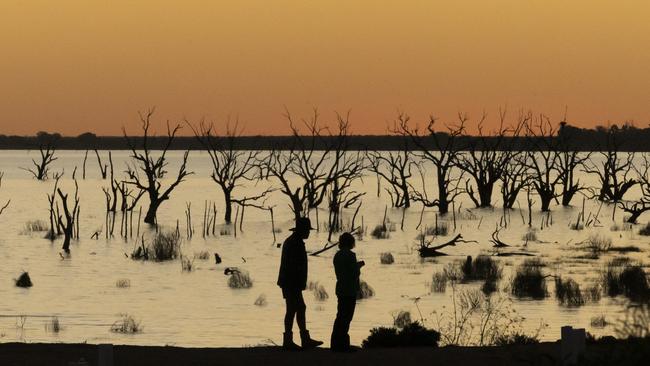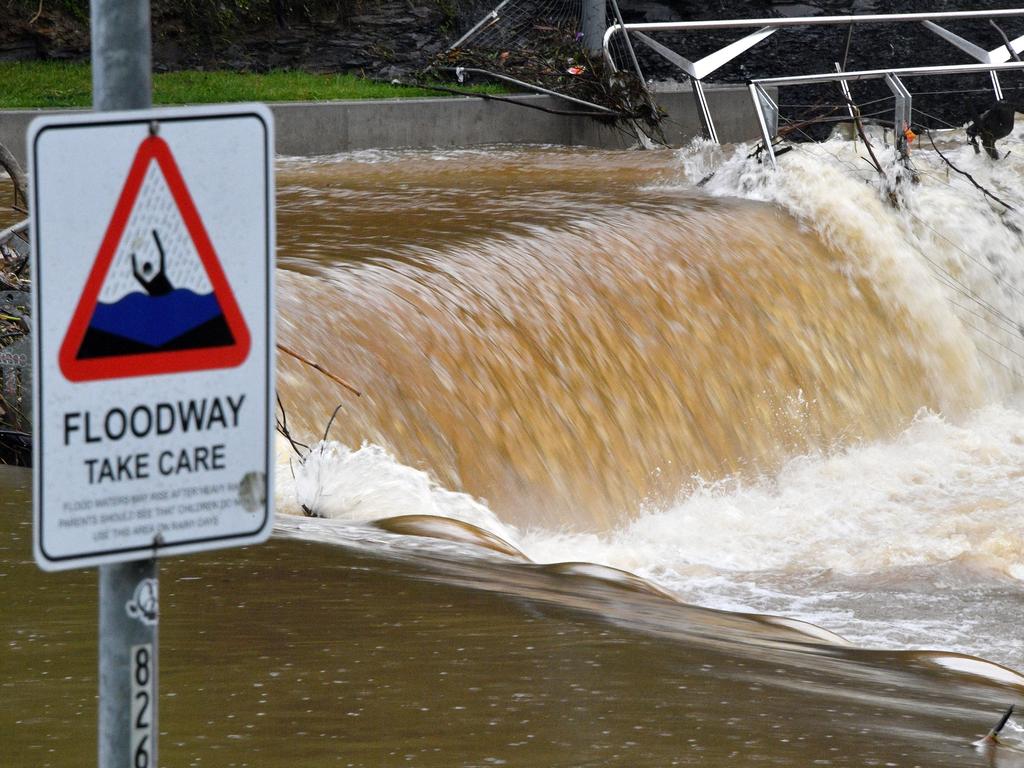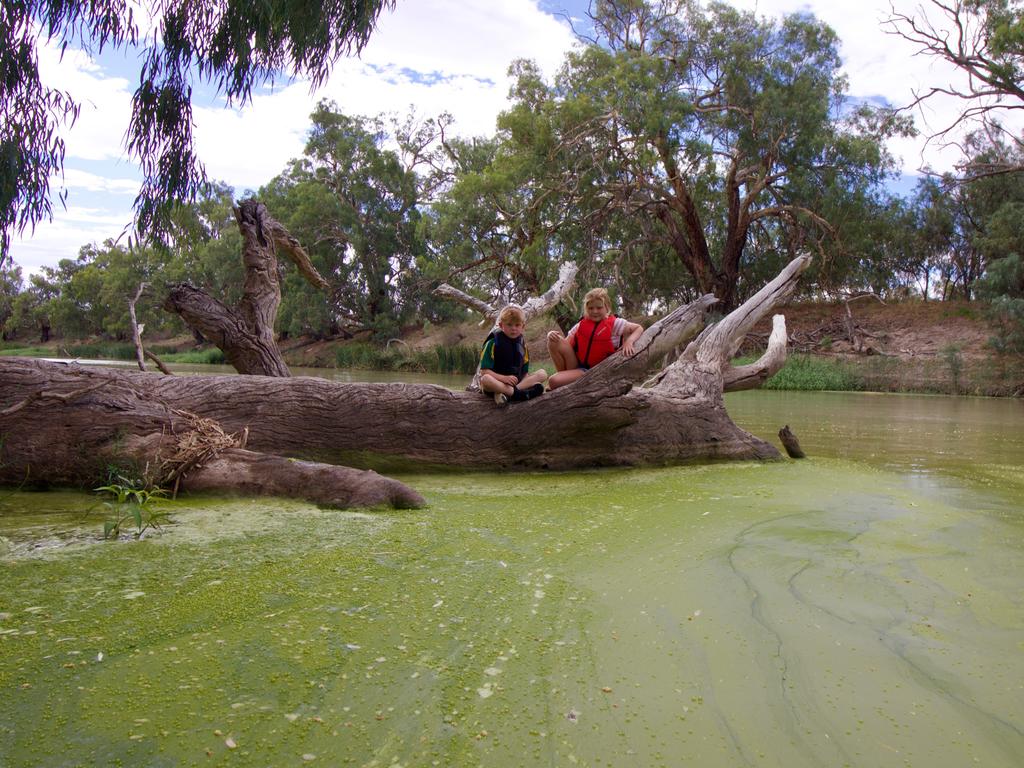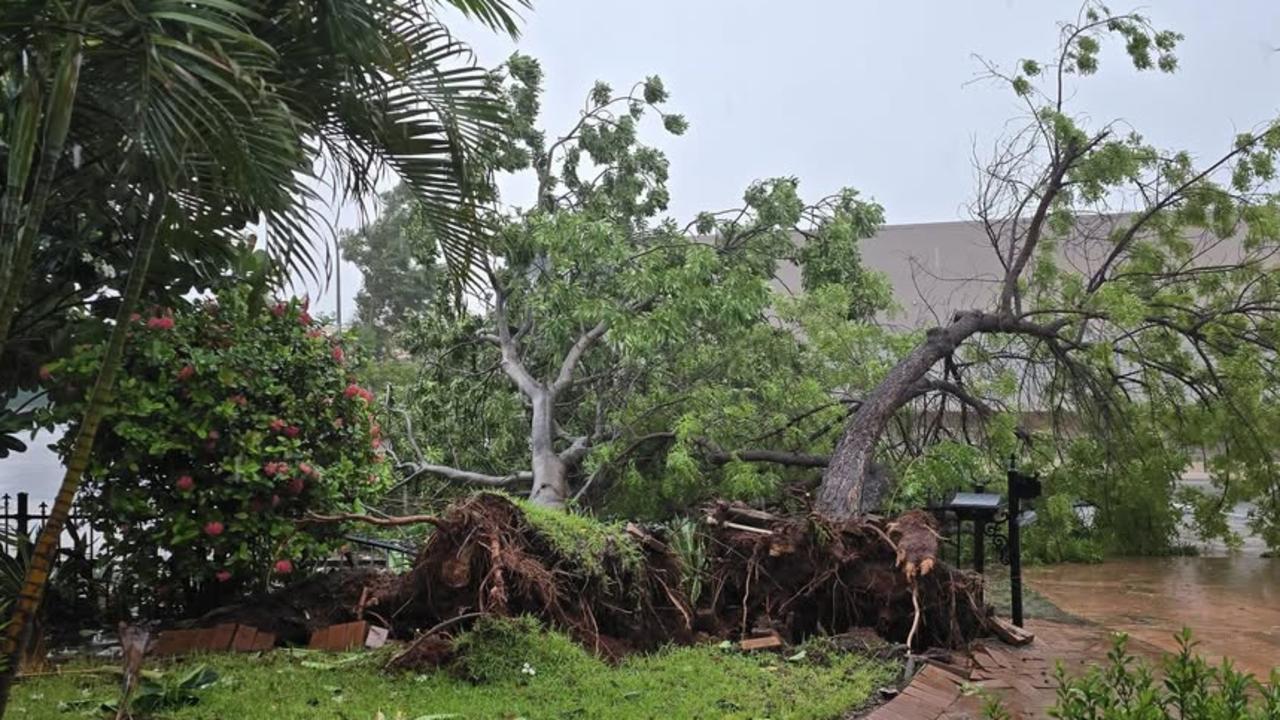‘Unclear’ legislation failing Murray-Darling Basin’s fragile wetlands
A new report has found the federal government failed to prioritise fragile wetlands in the Murray-Darling Basin.

The conservation of some of the Murray-Darling Basin’s most fragile wetlands has been “marginalised” by the commonwealth and state governments, leaving them dry and degraded, according to new Australian National University research published by the CSIRO.
Entering an increasingly politicised debate over the management of the Murray-Darling Basin, the research found the governance and rules dealing with environmental water were “excessively complex, inconsistent and lacking in detail”.
Plans for the wetlands were “often many years out of date, indicating a lack of responsibility on the part of commonwealth and state agencies to comply with the basic rules and principles of the Ramsar Convention”, the paper, released on Monday, reads.
Australia signed the Ramsar Convention — which outlines a plan to conserve significant wetlands including lakes, swamps, marshes and billabongs — in 1971.
The report authors, from the Australian National University, analysed six wetlands in the Murray-Darling, three in each of the northern and southern basins.
The Berejiklian government in NSW has been at loggerheads with environmental groups over reforms to floodplain harvesting rules, which it says will license and cap the amount of water irrigators can take from the basin.
Those opposed to the changes say the new rules could potentially be used to permit unlimited private use of overland flows through the use of dams, levees and pumps.
After severe droughts, the Murray-Darling Basin is again brimming with water. In April, water was flushed into the Menindee Lake in far western NSW for the first time in five years.
The area had been hit by outbreaks of algae — caused by the lack of water — and the death of millions of native Murray cod at the height of the drought in 2019.
But the ANU paper, published in the Marine and Freshwater Research journal, warns documentation shows there is still “little prioritisation of the maintenance of ecological character, a central tenet of the Ramsar Convetion”. “Clearly, the commonwealth and state governments do not take their obligations … seriously enough to put in place a robust framework to ensure those obligations are met,” the report reads. “There appears to be poor co-ordination between government agencies in determining roles and responsibilities, and for ensuring consistency of policy and management approaches.”
Professor James Pittock said the complexity of the management plans were an issue. “The key finding … is the watering plans for the Murray-Darling Basin don’t seem to be prioritising the most important wetlands the government has pledged to conserve,” he said. “What we risk is the desecration, the drying out and the death of the wetland plants and animals and that those areas become degraded and convert to dry land ecosystems.”






